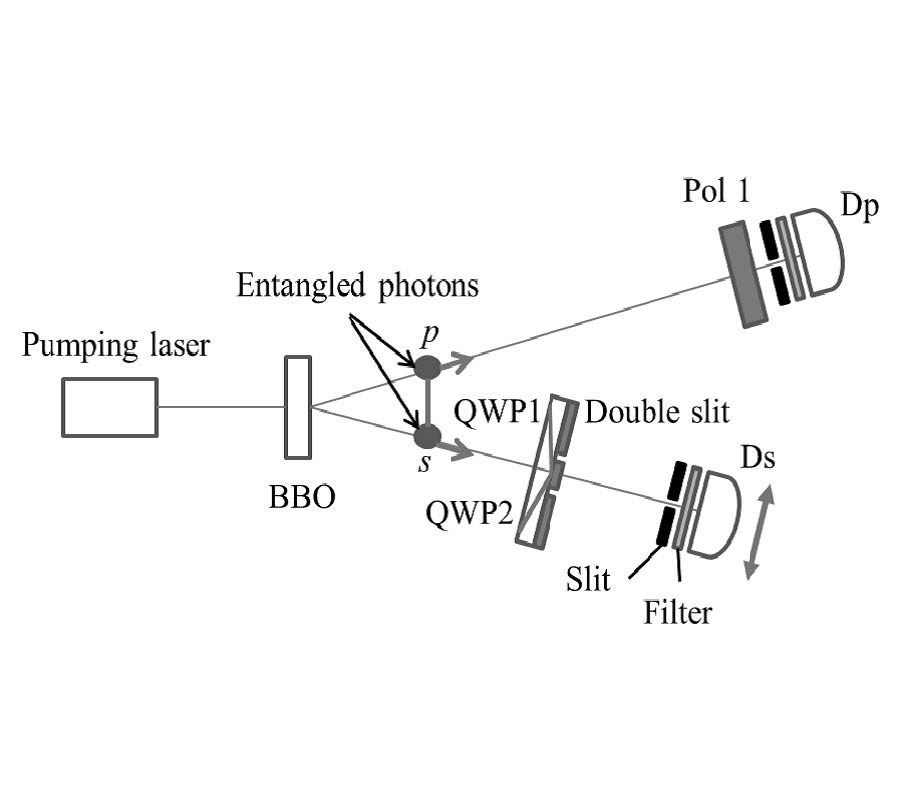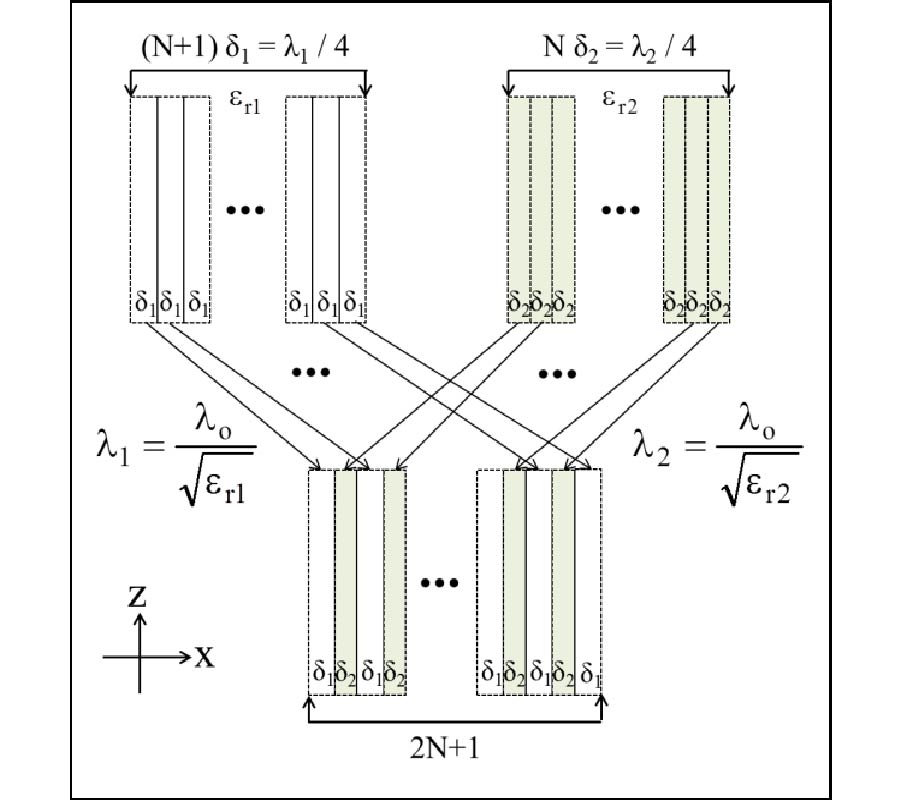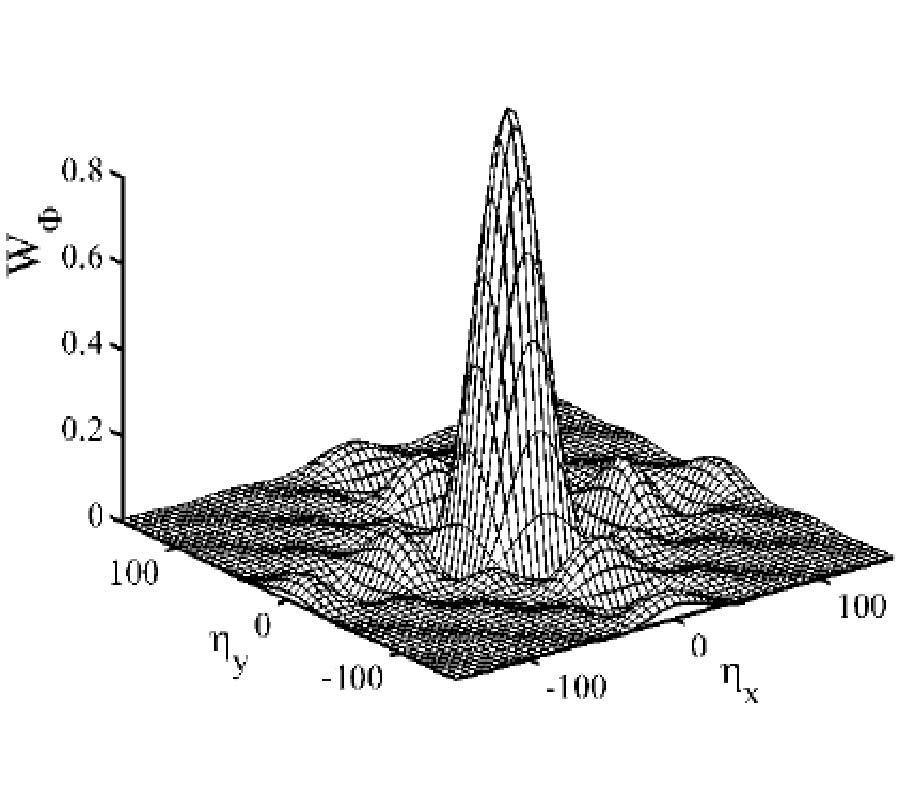Analysis of the Influence of Asymmetric Grid on Synchronous Hydro Generator
Hongbo Qiu,
Xiaobin Fan,
Jianqin Feng and
Cunxiang Yang
In order to analyze the influence of three-phase asymmetrical operation of a generator on its stable operation, firstly, taking a 24-MW bulb turbine generator as an example, the 2-D transient electromagnetic field model is established. Through the comparison analysis of the experimental results and simulation data, the correctness of the model is verified. Secondly, the values of air gap flux density, torque and loss in different conditions are obtained by using the finite element method. The effects of asymmetric three-phase current on air gap flux density, torque and loss are determined. Thirdly, the corresponding relationships between the three-phase current unbalance degree and torque ripple, eddy current loss are established, and the variations of torque ripple and eddy current loss are given when the three-phase current unbalance degree is changed. The result shows that the asymmetry three-phase current makes the torque ripple and eddy current loss increase dramatically, which seriously threaten the safe and stable operation of the generator. Finally, the further study on the torque ripple and eddy current loss of the generator under different current distributions and the same three-phase unbalance degree identifies that the content of negative sequence current is a key factor to affect the torque ripple and eddy current loss.



















